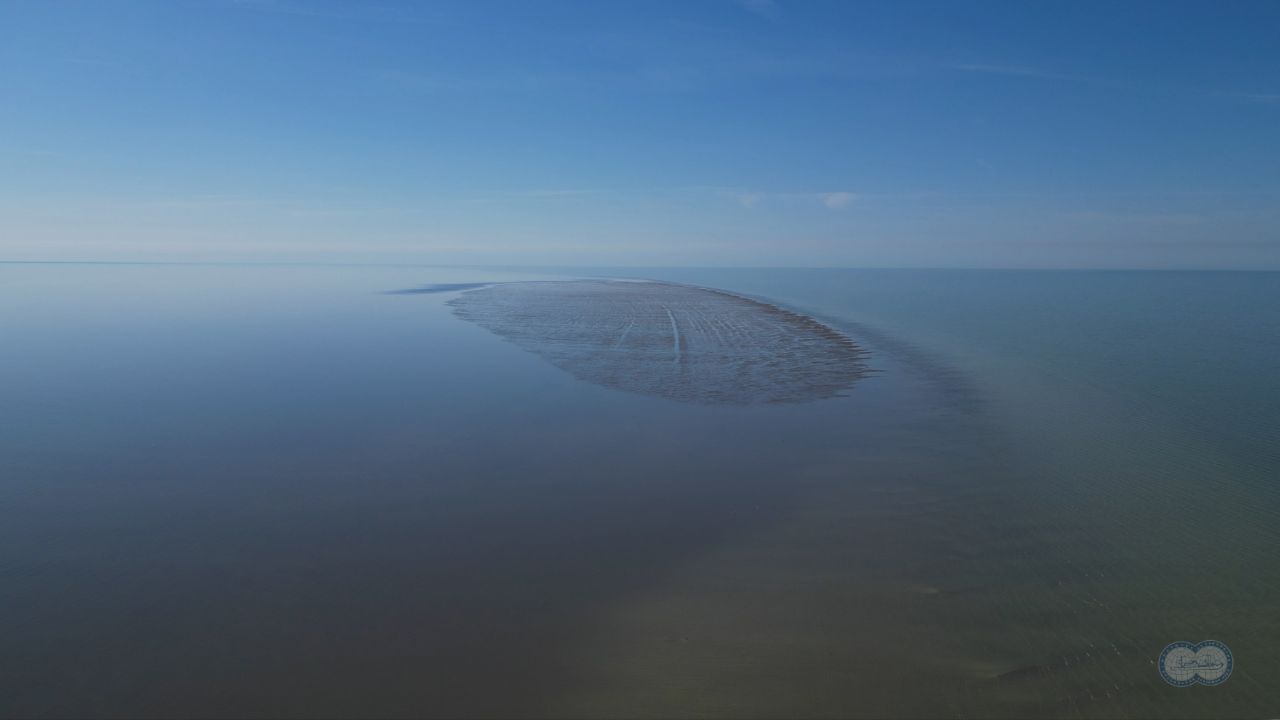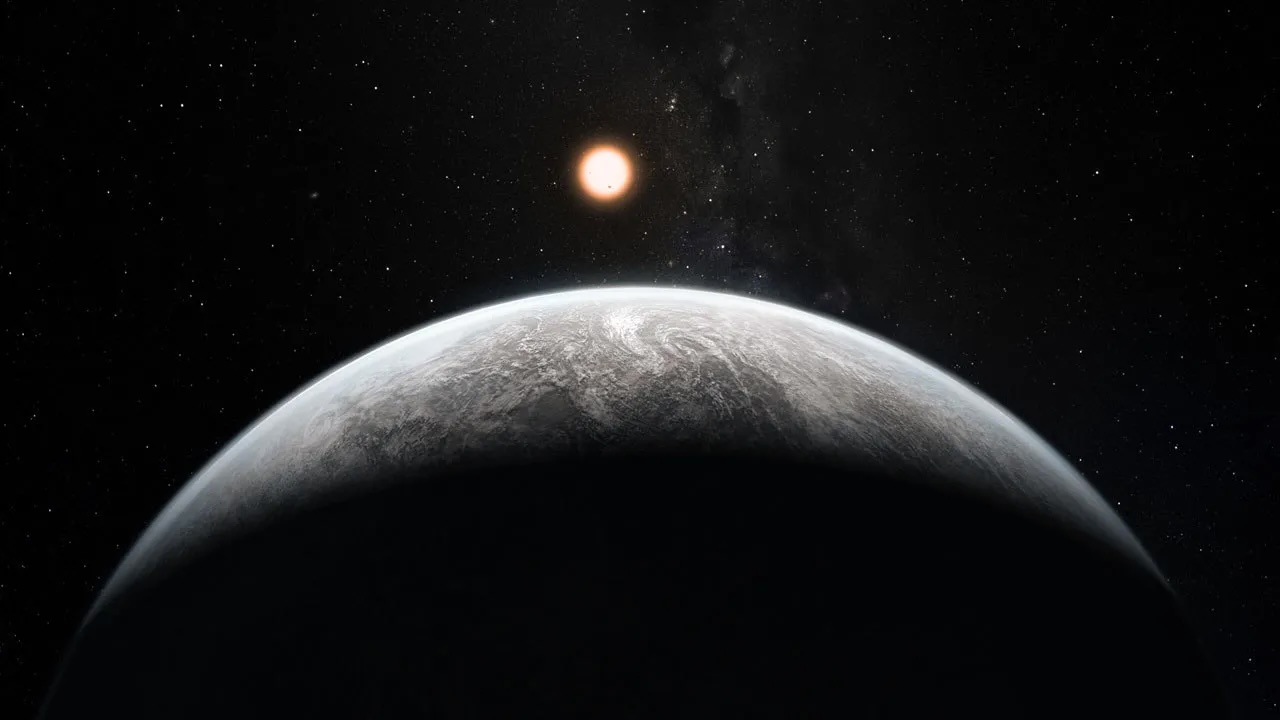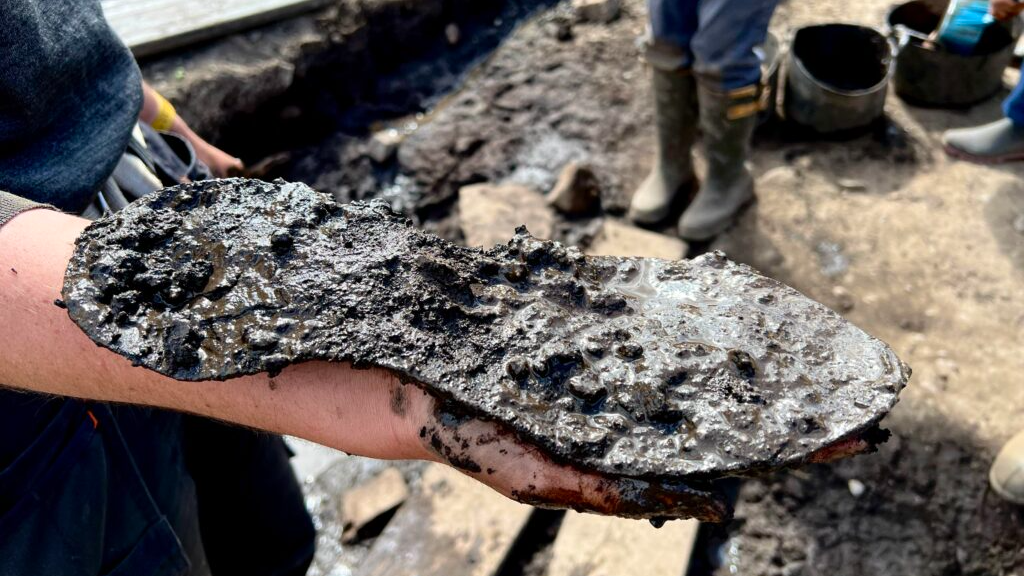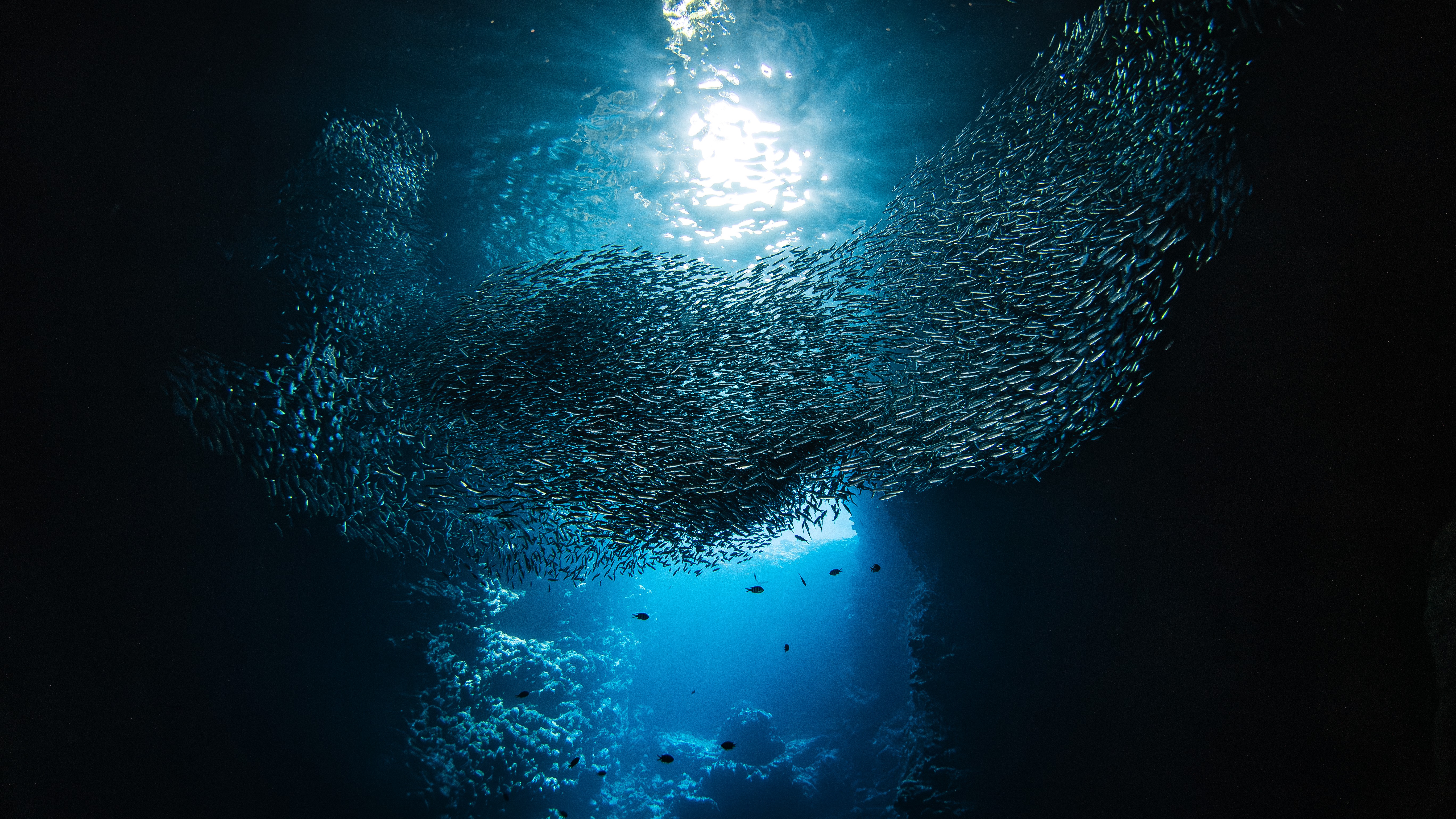A new island has appeared in the northern part of the Caspian Sea, a Russian research expedition has confirmed.
The island, which does not have a name yet, is located 19 miles (30 kilometers) southwest of another island called Maly Zhemchuzhny, according to a translated statement published by the Russian state-owned news agency TASS. The island is only slightly elevated above the water level, and its surface was damp and mostly flat but covered in sand ridges at the time of the expedition, the statement said.
The new island emerged due to a drop in the Caspian Sea’s water levels, Stepan Podolyako, a senior researcher at the Russian Academy of Sciences’ P. P. Shirshov Institute of Oceanology (IO RAS) who was on the expedition, wrote in a statement shared with Live Science.
The Caspian Sea, which lies at the junction between Europe and Asia, is the largest inland body of water in the world when measured by its surface area of 143,200 square miles (371,000 square kilometers).
“The occurrence of new islands in the Caspian Sea is associated with cyclical processes of long-term fluctuations in the level of [these] landlocked waters,” Podolyako wrote in the statement. “Awash islands are uplifts on the seabed that come to the surface during periods of falling sea level.”
The Caspian Sea’s levels fell during the 1930s and 1970s before bouncing back — and they started dropping again around 2010, Podolyako said.
Related: Surprised Russian school kids discover Arctic island has vanished after comparing satellite images
Climate change may be to blame for the recent decline, because the Caspian Sea’s water levels partly depend on evaporation rates, Podolyako said. There are also tectonic shifts happening beneath the sea, which could explain changes in water levels, he added.
Scientists first spotted signs of the new island in satellite images in November 2024. A pile of sand and sediment had breached the surface of the water and was beginning to dry, according to the statement in TASS — but the claim that a new island was forming remained somewhat controversial.
During the recent expedition, researchers managed to approach the island to confirm its existence, but they were unable to land due to bad weather and shallow water conditions. Photographs taken from a drone revealed the island’s size and some of its features, but further research is needed to describe it thoroughly.
“A next visit to the island is planned […] in the second half of 2025,” Podolyako said.
A decision about the official name of the island will then be made, depending on whether researchers find any notable characteristics to name it after. Otherwise, the island could be named after a person who has made significant scientific or cultural contributions in the area, Podolyako said.
The island currently sits just inches above water level, but that could change with declining river flows into the Caspian Sea in the summer and fall, according to the statement in TASS. This may lower water levels around the island and increase its elevation.













